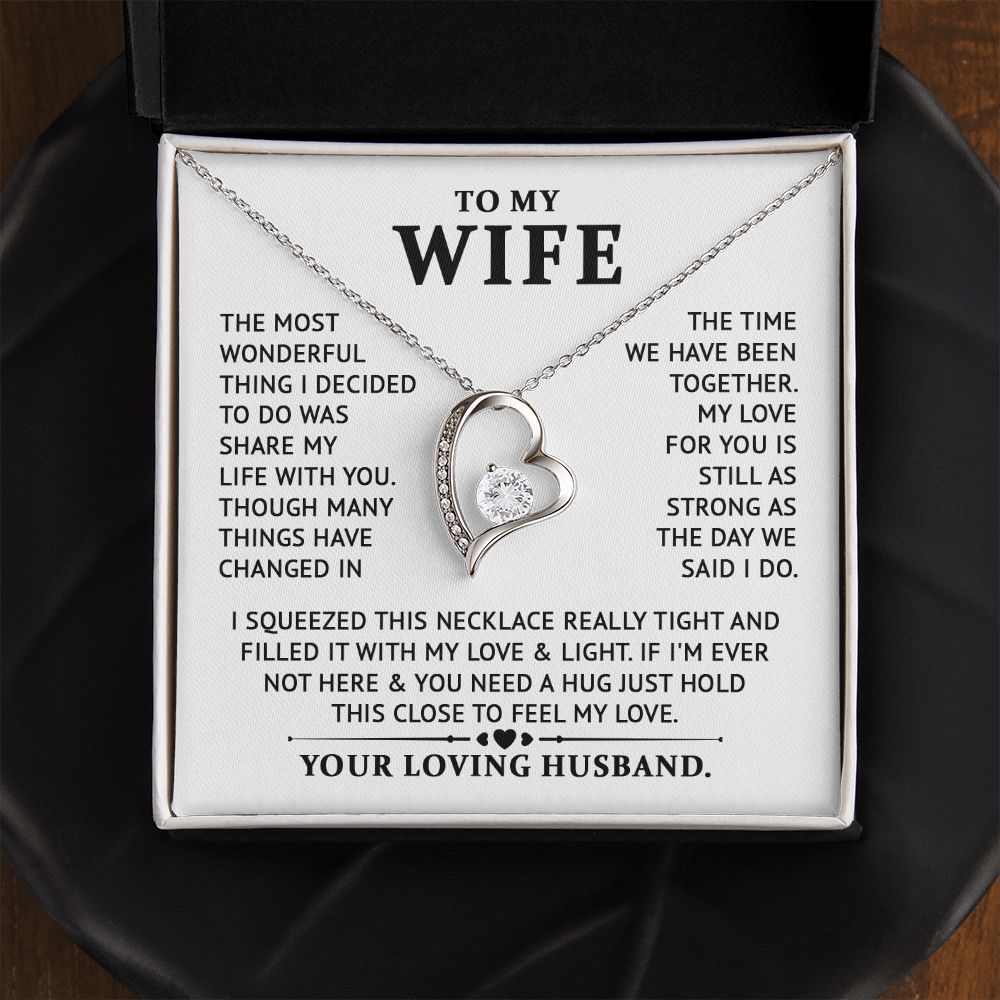How Thick Should a Necklace Be for a Pendant?
When choosing a necklace for a pendant, it's important to decide on the thickness of the necklace.
A thin necklace may not be strong enough to support the weight of a pendant, which could cause the necklace to break. thicker necklace will be less likely to break under the weight of a pendant.
However, too thick a necklace may be too heavy and uncomfortable to wear. So, what's the right thickness for a necklace to hold a pendant?
The thickness of a necklace for a pendant should be 0.9mm – 1mm. Anything thicker will make the pendant look too chunky, and anything thinner may not be sturdy enough to support the weight of the pendant.
Chain to Pendant Weight Ratio
When it comes to choosing the perfect necklace, one of the most important factors to consider is the chain to pendant weight ratio. This refers to the proportion of the overall weight that is shared between the chain and pendant.
The ideal ratio will vary depending on a number of factors, including your body type and the style of the necklace.

If you are petite or have a small frame, you will want to opt for a necklace with a higher chain to pendant weight ratio. This will help to create the illusion of a longer neck and will also prevent your pendant from getting lost in your cleavage.
For those with a larger bust, a lower chain to pendant weight ratio can help balance out your look. The style of your necklace should also be taken into account when determining the ideal chain to pendant weight ratio.
A delicate Y-shaped necklace looks best with a heavier pendant, while a choker style looks best with a lighter pendant.
If you are unsure which style would suit you best, it is always worth trying on different options before making your final decision.
Best Chain Thickness for Pendant
When it comes to finding the best chain thickness for a pendant, there are a few things you need to take into account.
The first is the weight of the pendant. A heavier pendant will require a thicker chain to support it, while a lighter pendant can get away with a thinner chain.
The second thing to consider is the style of the pendant. A delicate, dainty pendant will look best on a thin chain, while a chunkier, statement pendant will need a thicker chain to match its look.
And finally, you need to think about what type of closure you want for your necklace. A lobster claw clasp will work best with a thinner chain, while a toggle clasp is better suited for a thicker chain.
Now that you know all of this, it's time to choose the right thickness for your own personal style! If you like dainty jewelry, then go for a thinnerchain.
If you prefer bolder pieces, then opt for athickerchain. And if you're unsure which way to go, then pick something in between and see how you like it!
Best Chain for Pendant
Pendants are a great way to add a touch of personal style to any outfit. But with so many different types and styles of chains available, it can be tricky to know which one is right for your pendant.
Here are some most common type of chains available for a pendant:
The most common type of chain is the cable chain. This chain is made up of small, round links that are connected together to form a long, continuous chain.
Cable chains are strong and durable, making them a good option for heavier pendants. They're also relatively affordable, which makes them a great choice if you're on a budget.
Another popular type of chain is the bead chain. Bead chains are made up of small beads that are threaded onto a wire or cord.
The beads can be made from a variety of materials, including metal, glass, or plastic. Bead chains are typically less expensive than cable chains and they have a more delicate look that's perfect for lighter pendants. However, because the beads are small and unprotected, they can sometimes come off the wire or cord if they're not attached securely.
Lastly, If you're looking for something unique and eye-catching, consider a link chain. Link chains are made up of individual links that are connected together similar to how links in a bracelet or necklace would be connected. The links can be oval-shaped or round-shaped and they can be made from metals like silver or gold.
Best Chain Length for a Man With Pendant
The average chain length for a man's pendant is 24 inches. The best chain length for a man with a pendant is the one that falls in the middle of his chest.

If your pendant is on the heavier side, it is recommended to go with a shorter chain so that it doesn't pull down on your neck. A lighter pendant can be worn on a longer chain.
How Thick Should a Chain Be for Pendants?
When it comes to choosing a chain for your pendant, the thickness is just as important as the length. A too-thin chain will make your pendant look out of proportion, while a too-thick chain can be overwhelming.
The first thing to consider is the size of your pendant. A small pendant can be lost on a thick chain, while a large pendant may look disproportionate on a thin one. If you're not sure, err on the side of caution and go with a medium-thickness chain.
Another thing to keep in mind is the type of metal you're using. A delicate gold or silver chain will look best with a similarly delicate pendant. Conversely, a chunky stainless steel or leather cord will complement a more substantial piece.
Finally, think about how you want your necklace to lay on your chest. A thicker chain will sit higher up on your neck, while a thinner one will lie closer to your collarbone. If you're not sure which look you prefer, try both before making a decision!
What Size Chain is Best for Pendants?
When it comes to chains for pendants, there is no one-size-fits-all answer. The best chain size for your pendant will depend on a few factors, including the size and weight of your pendant, the look you're going for, and how often you plan to wear the necklace. Here's a quick guide to help you choose the right chain size for your pendant:
If your pendant is small or lightweight (under 1 ounce), a delicate chain in 16-18 inches will be just right. This length will allow the pendant to rest near your collarbone - perfect for everyday wear. For medium or heavy pendants (1-3 ounces), a sturdier chain in 20-24 inches is ideal.
This length hits at the base of your neck and provides support for heavier pieces. It's also great for layering with other necklaces. If you have a very large or heavy pendant (over 3 ounces), a thick chain in 24 inches or longer is necessary to provide adequate support.
This length falls somewhere between your chest and waist, making it a good choice for statement pieces that you want to show off.
Should Pendant Be Heavier Than Chain?
No, there is no rule that says pendants must be heavier than chains. In fact, many people prefer lighter pendants so they can easily layer them with other necklaces.
Some materials, such as gold and silver, are naturally heavier than others, so a chain made from one of these metals will usually be heavier than a pendant made from a lighter metal.
Ultimately, it is up to the individual to decide what weight works best for them.
Final Thoughts
All in all, the thickness of your necklace should be dependent on the weight and size of your pendant.
A good rule to follow is that a thicker chain will help support a heavier pendant, whereas a thinner chain will work better for a smaller or lighter piece.
If you keep these things in mind when selecting a necklace for your next pendant, you're sure to find the perfect match!























